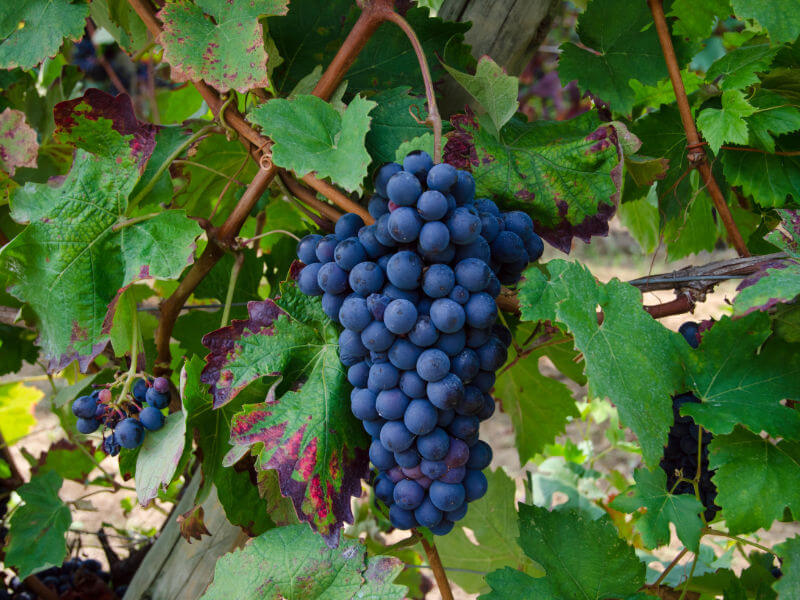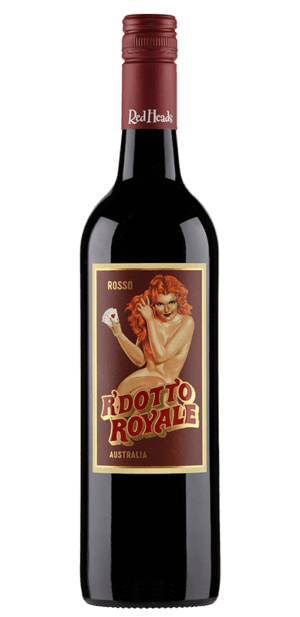Grape varieties
Barbera
Barbera is a dark red grape variety that produces fresh, light-body wines with low tannins. Its fruity flavour makes it a popular grape for varietal and blended wines, such as our delicious RedHeads range.
Where is Barbera grown?
Barbera is the third most planted grape variety in Italy, native to Piedmont in the north of the country, where it is used to create young, easy-drinking wines. Barbera grapes are now cultivated in the US, Argentina and our very own Australia – notably in the acres of Adelaide Hills and McLaren Vale.
Barbera wine style and character
Barbera red wines have high acidity and low tannins, coupled with a relatively high alcohol content and an almost-black-purple colour. The dark grapes result in juicy but surprisingly light-bodied wines.
Barbera grown in Italy tends to be fresher, with tart blackberry notes, compared to its counterparts which are usually more fruity and full-bodied.
The Barbera grape is sometimes blended with other grape varieties to add colour and acidity, like our R’Dotto Royale Italian Blend.
Our best Barbera wines
Tasting notes
Wines using Barbera grapes tend to be dry but are jam-packed with fruit flavour. Strawberry, raspberry, and sour cherry combine with plum, blackberry and black cherry, joined by subtle hints of star anise, nuts and vanilla if the wine is aged in oak.
Barbera grapes may vary slightly depending on where they’re grown. Italian Barbera wines may be dark in colour but are light to drink. Wines made from Barbera grapes grown in warmer climates with higher amounts of sunshine, such as here in Australia, adopt a more rounded flavour than those grown in European countries, making it wonderfully drinkable.
Food pairings
With its high acidity, Barbera wines can handle a variety of rich dishes – though classic Italian dishes are usually a great bet, including pasta, pizza and risotto.
Barbera wines can be paired with even the fattiest cuts of meat and the most decadent sauces, with the high acidity cutting through and balancing the taste. Oily fish such as salmon works well with this variety, as does a charcuterie board of prosciutto, blue cheese and Gouda.
Vegetarians needn’t miss out – mushrooms and root veggie-rich dishes are the perfect companions to a Barbera varietal or blend.
How to serve
Barbera wines are best served just below or at room temperature (around 15-20°C). Too warm, and the flavours won’t be as developed, with the Barbera tasting a little dull if overly warm.
An oversized glass with a tapered rim will show off Barbera’s deep, almost-black-purple colour and allow the wine to aerate and release its aroma and flavour.





